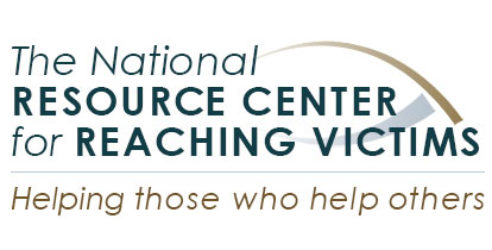Building Partnerships Toolkit
The Building Partnerships Toolkit is based on a pilot project designed to enhance collaboration between state level stakeholders responsible for providing services to children and youth victims of crime. The intent of the Building Partnerships Toolkit is to share strategies and resources for cultivating collaborative partnerships between state Chapters of Children’s Advocacy Centers, state Victim of Crime Act Administrators and other state-based child victim service providers. This toolkit offers resources to those seeking to develop and improve collaborative relationships and processes in order to better serve children and youth.
The toolkit includes:
- White Paper
This paper takes a systems level look at relationships within the children and youth victim services field. Recognizing that improvements in professional collaboration, at any level, often results in improved outcomes for victims we introduce and advocate for the building of intentional partnerships between State Chapters of Children’s Advocacy Centers (CACs) and State Victim of Crime Act (VOCA) Administrators. Beyond encouragement we offer a model for building and sustaining such collaborative partnerships between state level drivers of child and youth victim services.
- Building Partnerships Toolkit
The Building Partnerships Toolkit provides a structured process for building collaborative partnerships. This step-by-step guide offers a comprehensive set of resources, including timelines, agendas, and facilitated modules, to those looking to engage partners and stakeholders in such a process.
- Building Partnerships Toolkit Facilitators Guide
This companion resource is aimed at facilitators tasked with leading a partnership building process. This guide shares insights and reflections from pilot projects, as well as a tips for facilitators that will help to ensure a successful process.

